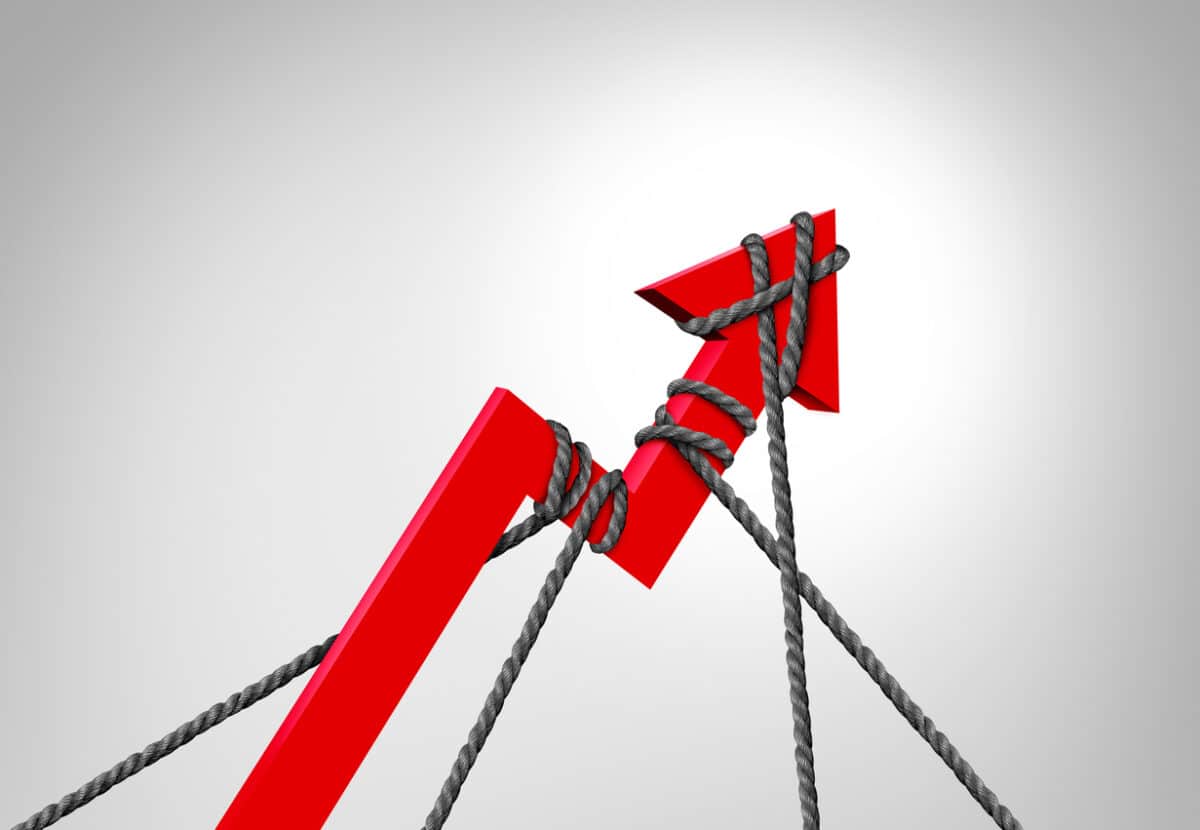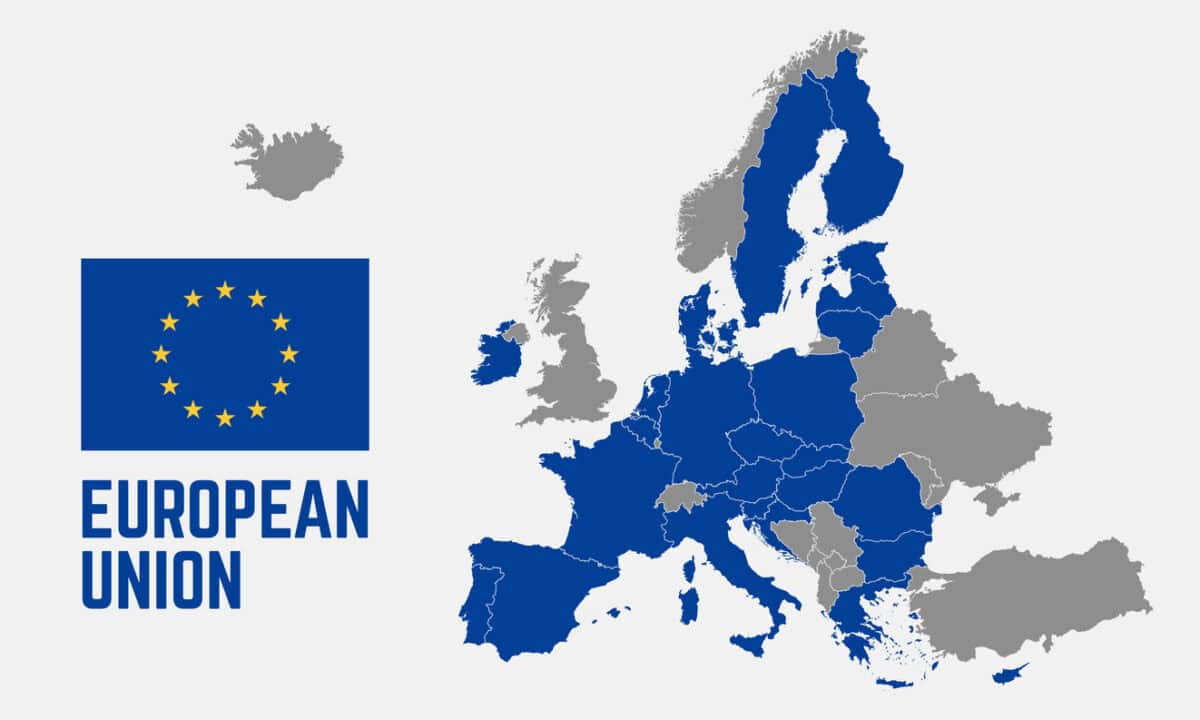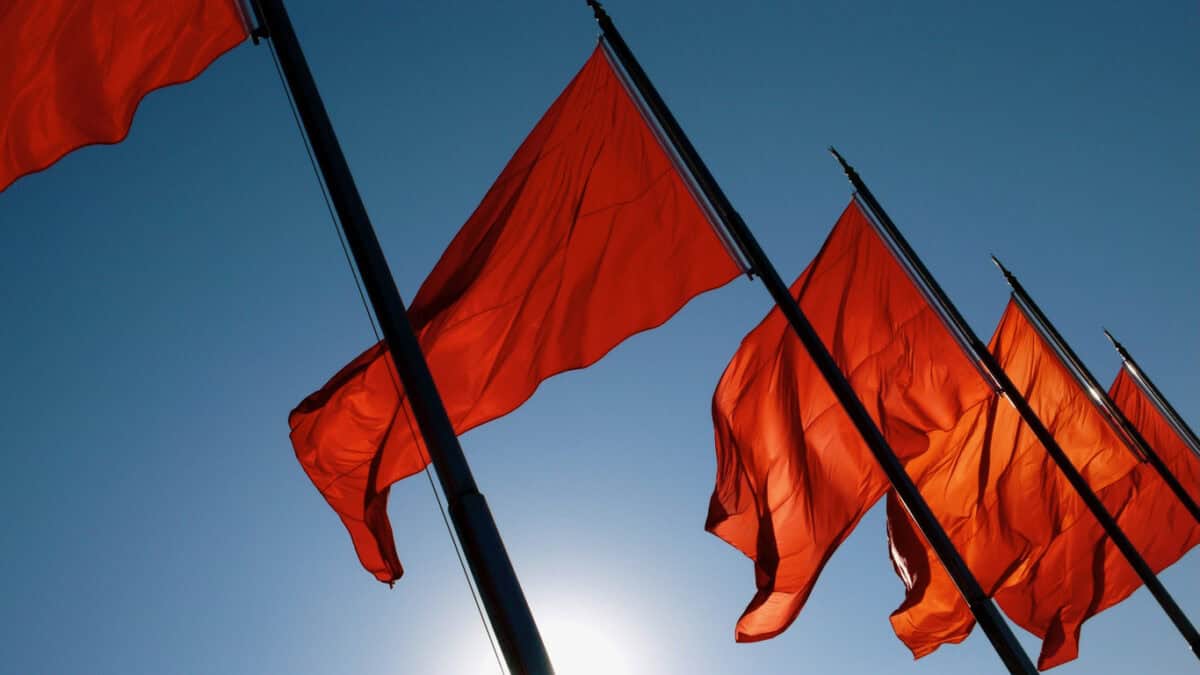Charles Handy died in December 2024. He was a prominent author on organisational behaviour and business management and was recognised as a major thinker. It is fair to describe him as a pre-Internet influencer. His ideas never went away, but they faded under the neoliberal onslaught. With the decline of that ideology, Handy’s approach to organisational culture deserves a reread.
Continue reading “Handy and organisational culture”Category: Leadership
CEOs and regulations
The Australian Financial Review conducts many conferences, business summits and CEO surveys to provide publishable content (and as a marketing strategy). Over the last month, several articles and features have been produced from its “Chanticleer CEO Survey”; one is called “Red tape standing between business and Australia’s policy challenges” (hard copy title, paywalled). I scanned the CEOs’ comments for relevance to occupational health and safety (OHS) and harm prevention.
European support for Australia’s ban on engineered stone
The latest edition of the European Trade Union Institute’s HesaMag features articles on Artificial Intelligence, but the go-to article for me was the magazine’s perspective on Australia’s ban on engineered stone.
We often learn more about ourselves by reading how others see us, so I was keen to read the perspective of sociologist Catherine Cavalin and historian Alfredo Menendez Navarro.
This 2025 forecast offers mixed messaging
Risk and governance software company Navex published a forecast for 2025 which has some occupational health and safety (OHS) relevance. It wrote “Rising temperatures in the workplace: Addressing civility concerns” which said
“Workplaces increasingly mirror the polarization we see in the world, with tensions surrounding diversity, equity and inclusion (DEI), environmental, social and governance (ESG) initiatives, and political differences bubbling to the surface in workplace discord. Ideally, the workplace should be a collaborative environment, but now is a minefield of potential heated disagreements, making workplace civility a top priority for organizations.”
“Physician, heal thyself” – business group objections to new wage theft laws
Starting January 1, 2025, Australia will have new laws and penalties for intentional wage theft beginning January 1, 2025. The usual business lobby groups are bleating about the unfair imposition of costs and time on their members. But what about the significant impact on workers’ health, safety and dignity?
New class action on sexual abuse in Australian mining
Many of the prominent Australian mining companies are in the process of changing their cultures to minimise the risk of sexual assaults and harassment after several recent damning inquiries into worker health and safety. Everyone seems to agree that cultural change can take a long time. I am not convinced. Change will take time if one operates within the existing organisational and operational parameters and structures. But sometimes, the harm to workers is so great that a long time exacerbates unfairness and injustice.
Red flags for OHS misunderstandings
Occupational health and safety (OHS) continues to have a credibility problem and a poor social profile. Some of this is due to OHS peddling nonsense, but probably no more than any other discipline. Some of it is due to employers and other corporate leaders using OHS as camouflage for inaction or as a distraction from a different workplace issue. Some of it is due to ignorance.
It is up to all of us to strengthen the discipline’s credibility. To help with this, here are three words commonly used by leaders that we need to question and challenge whenever they are used.
Continue reading “Red flags for OHS misunderstandings”






